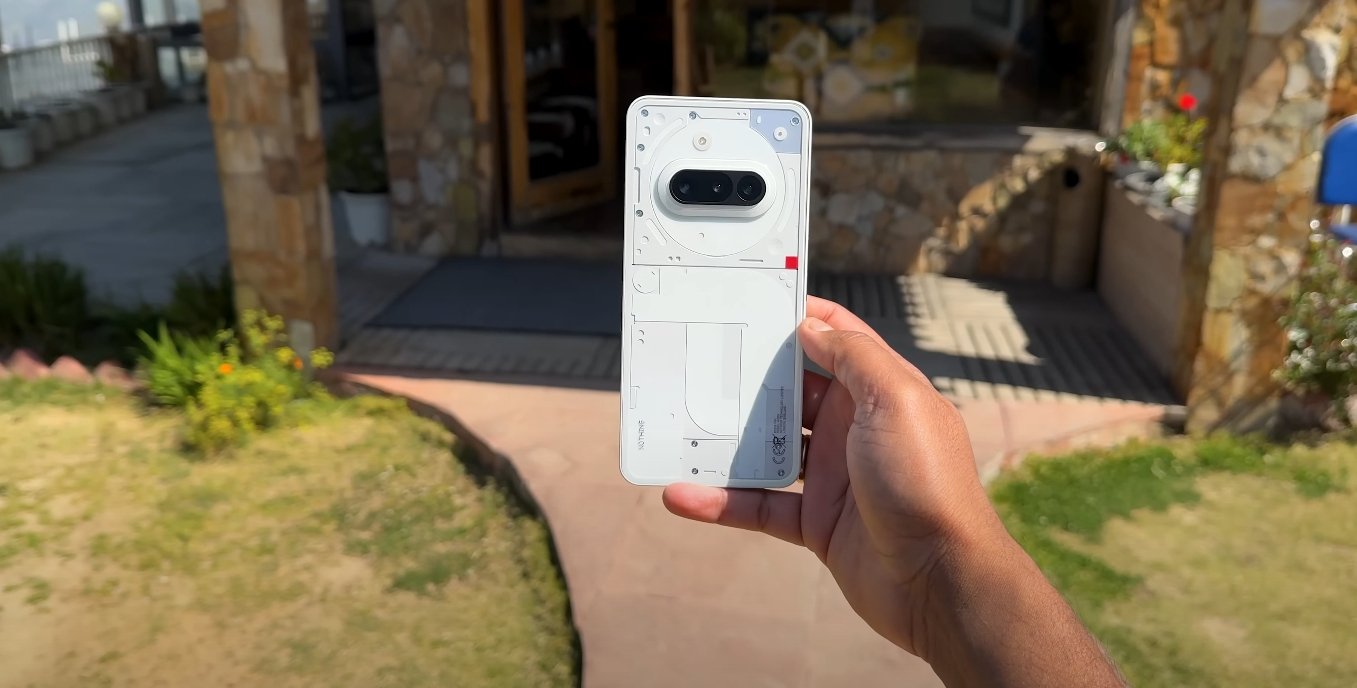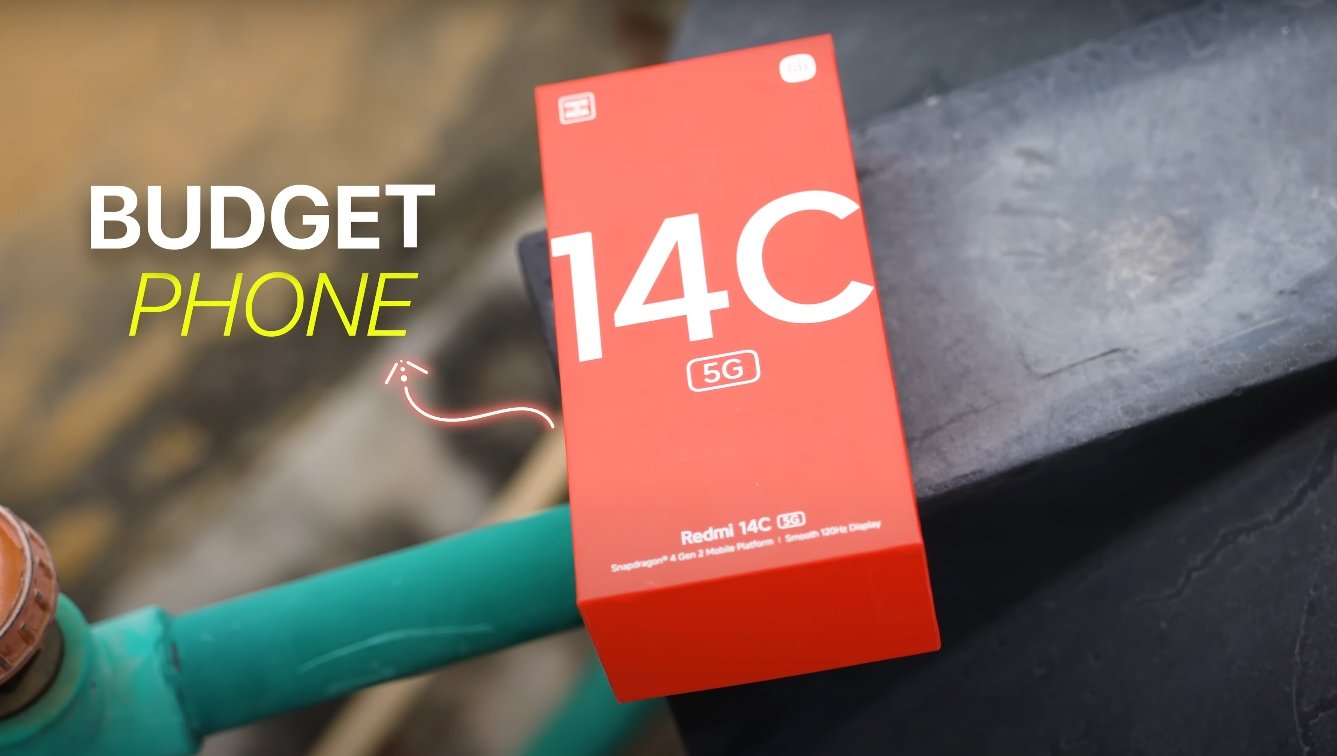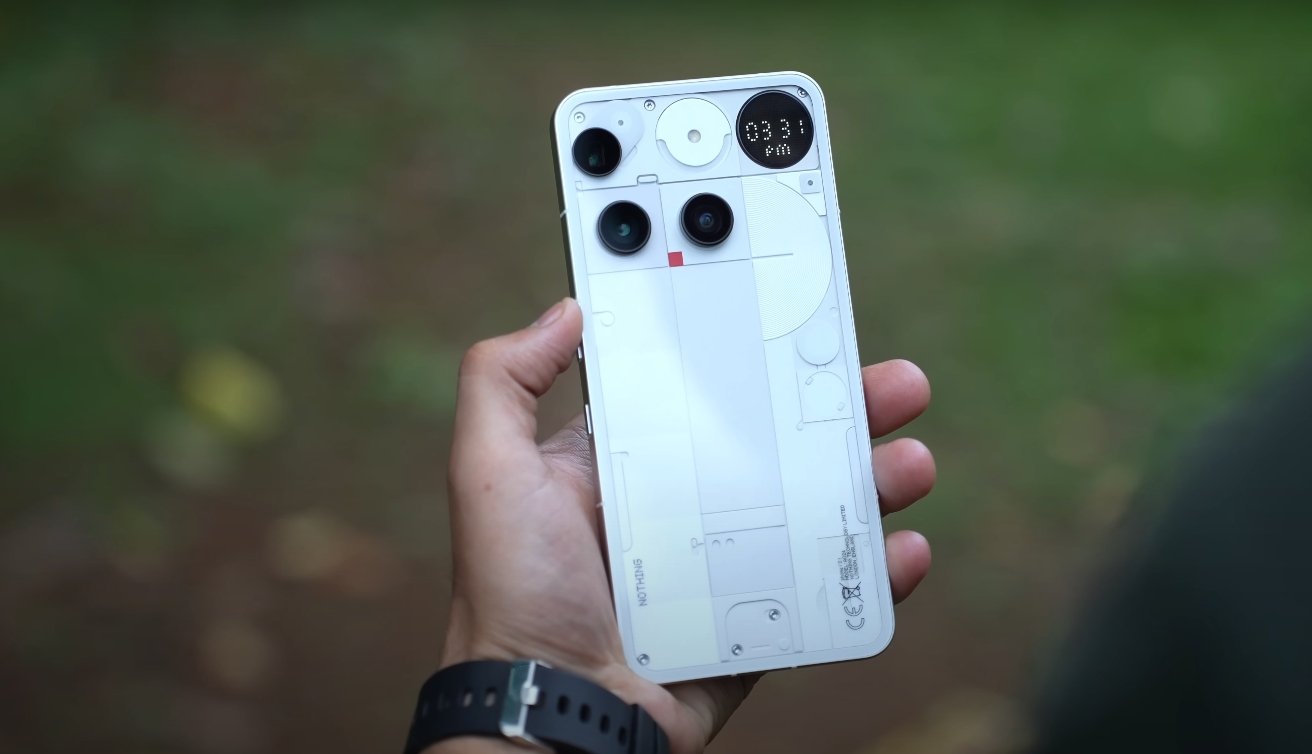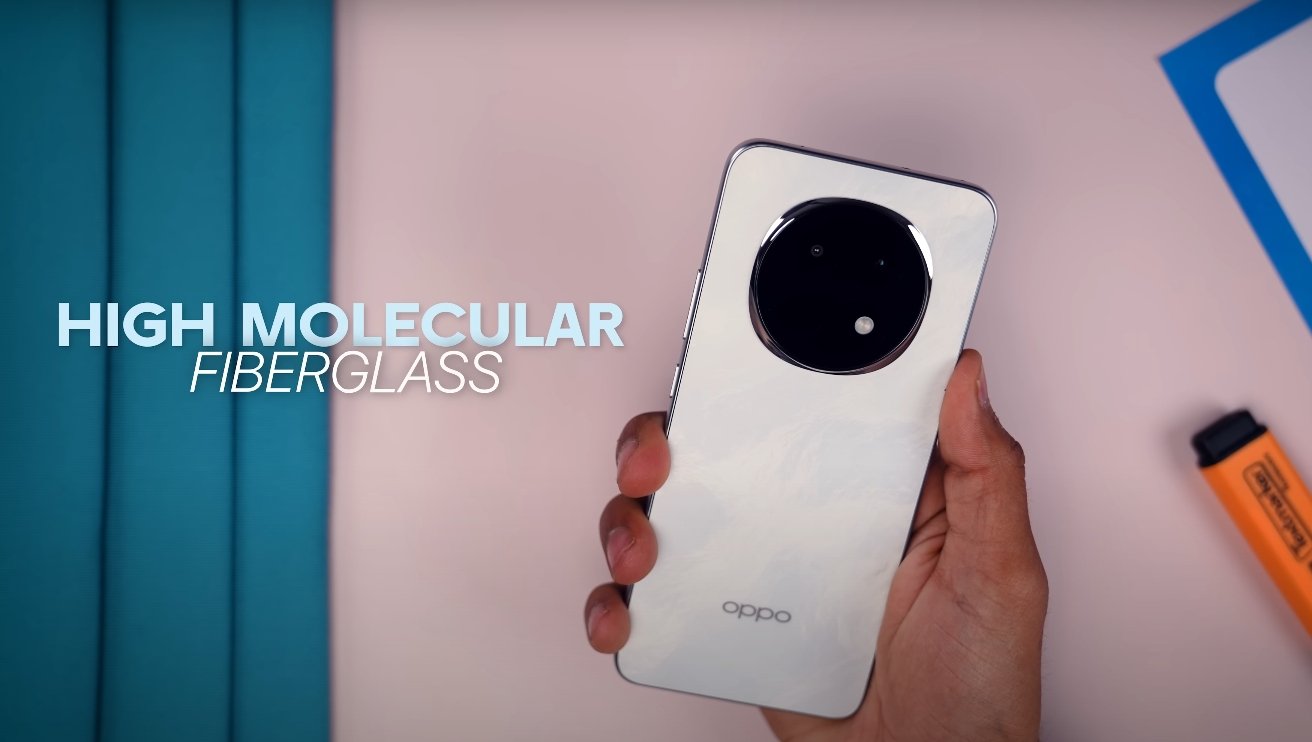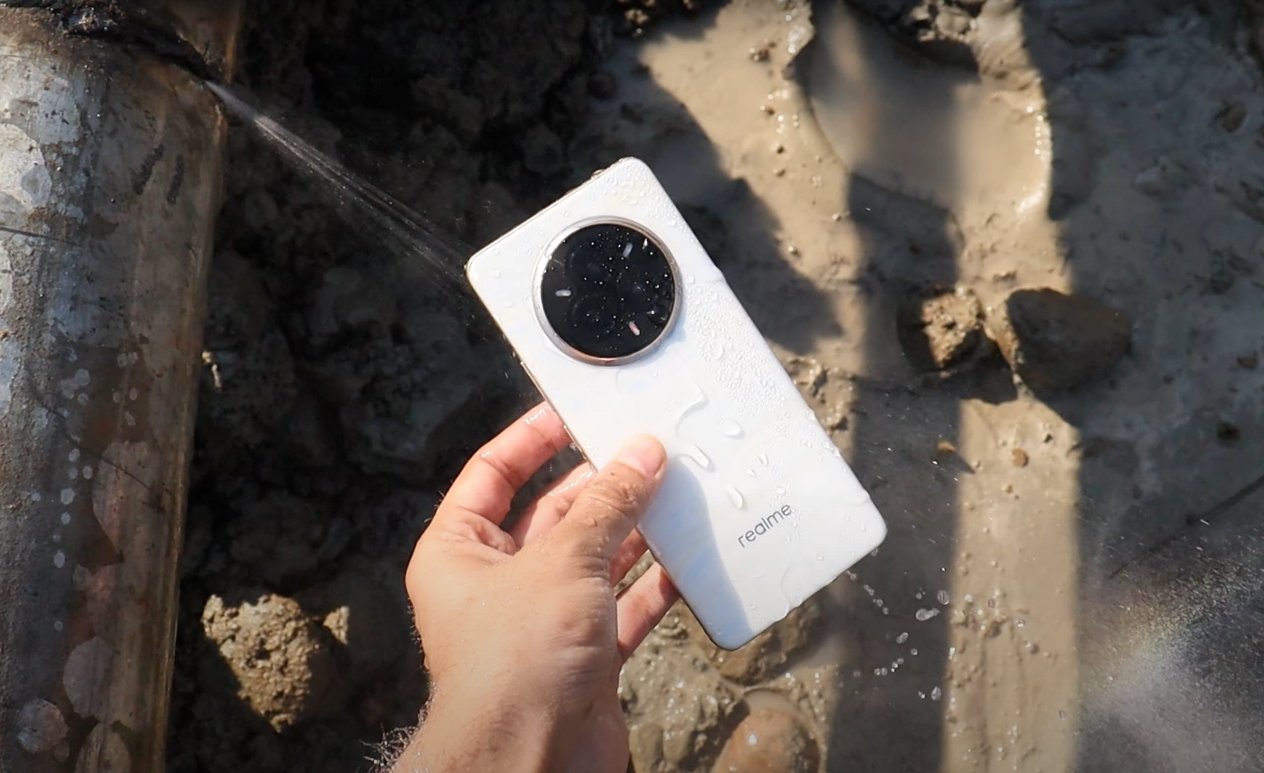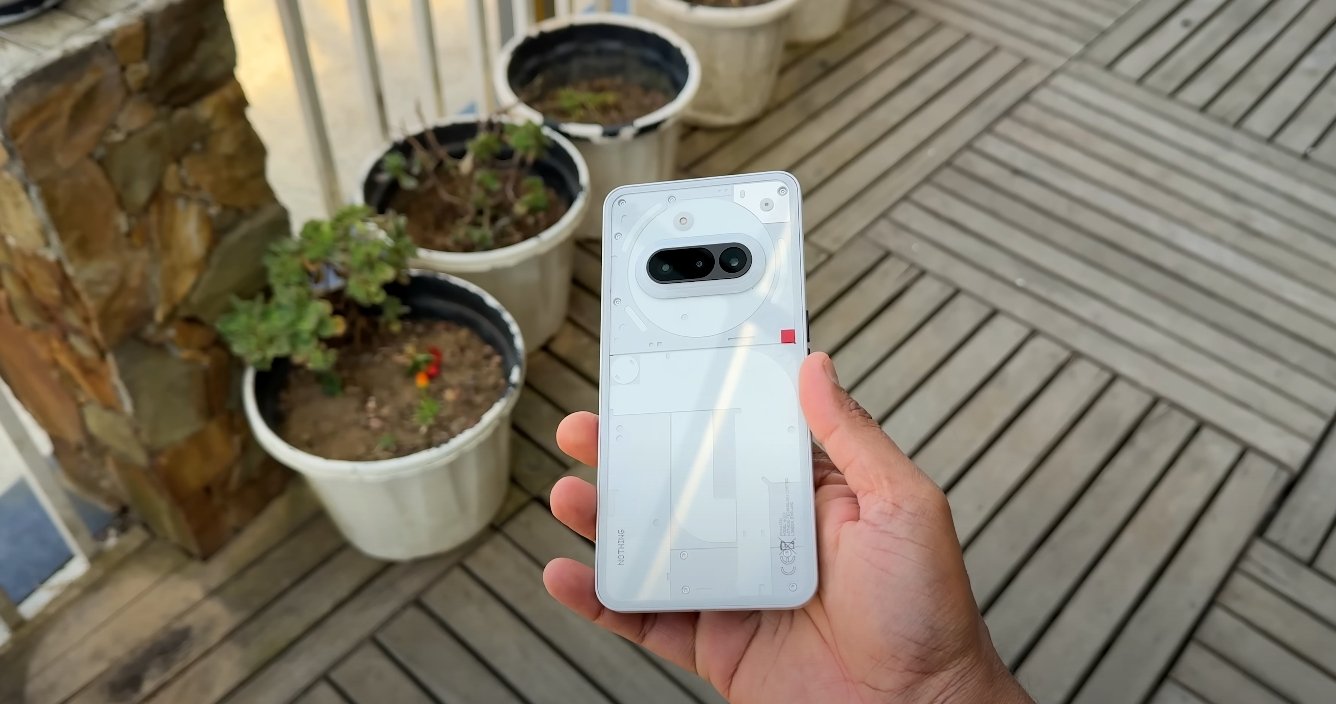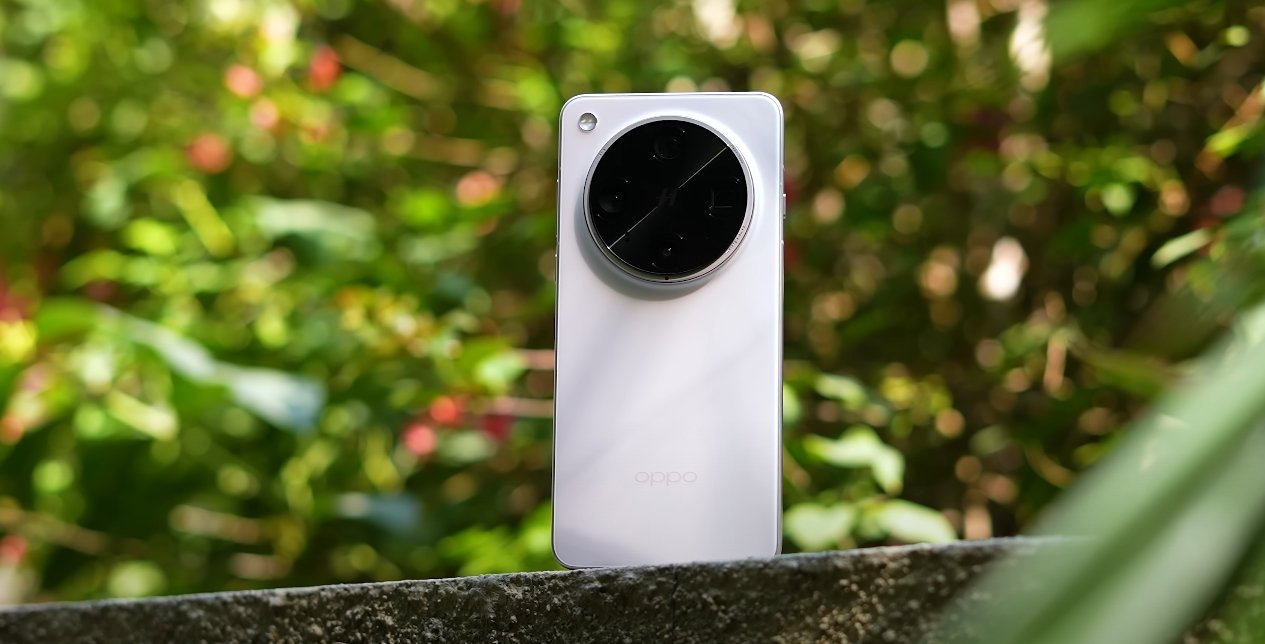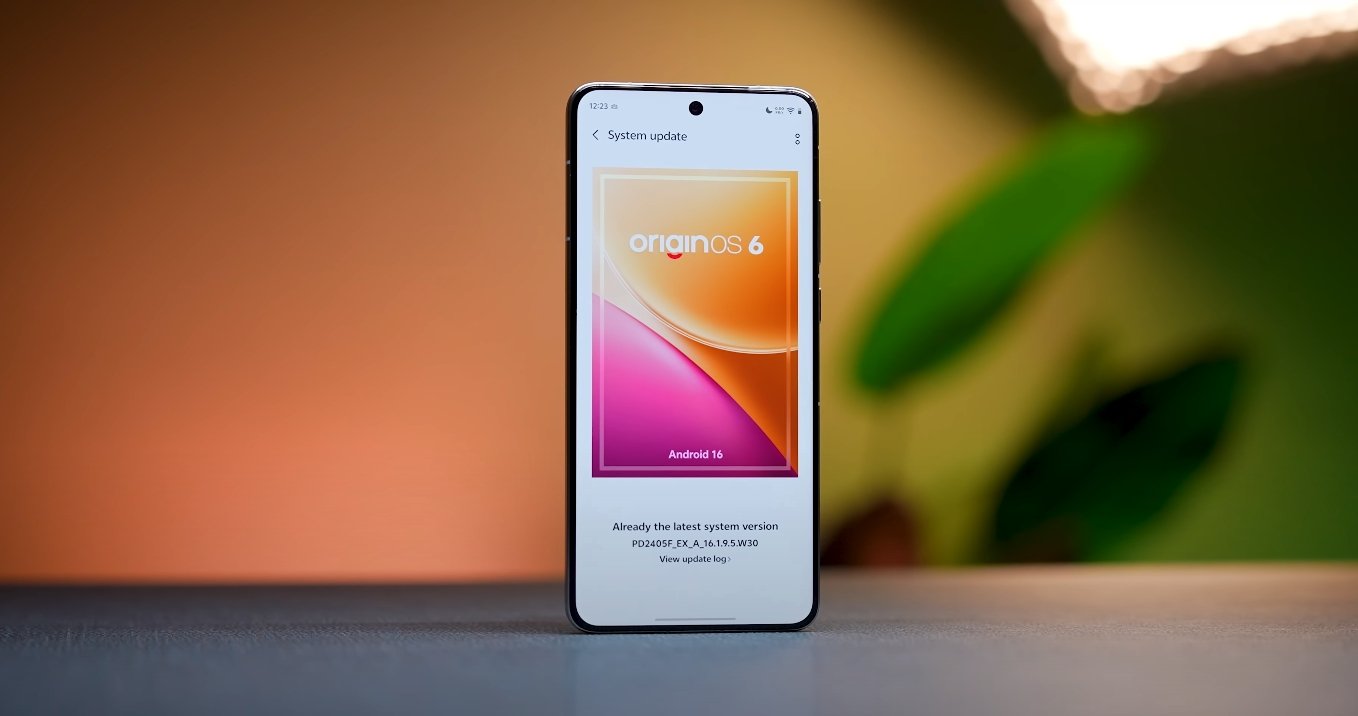Budget Smartphone Face-Off: Nothing Phone 3A Lite vs iPhone 13 Mini
The Nothing Phone 3A Lite has emerged as a strong contender in the budget segment, offering distinctive design and decent performance at an affordable price. Its semi-transparent back panel and signature LED lighting make it stand out, giving it a modern and playful look. The phone is lightweight and compact, making it comfortable for one-handed use while maintaining a premium feel despite its budget positioning.
The iPhone 13 Mini, although slightly older, continues to appeal with its premium build quality and compact design. It features a glass front and back with an aluminum frame, offering a sleek and durable form factor. Its smaller size makes it ideal for users who prefer portability and one-handed operation, while maintaining the polished feel that Apple devices are known for.
When it comes to display, the Nothing Phone 3A Lite comes with a 6.7-inch AMOLED panel and a 120Hz refresh rate. The screen offers vibrant colors, sharp details, and smooth animations, making it suitable for media consumption, gaming, and daily tasks. The larger display enhances the immersive experience for videos and gaming, providing a modern visual edge in the budget segment.
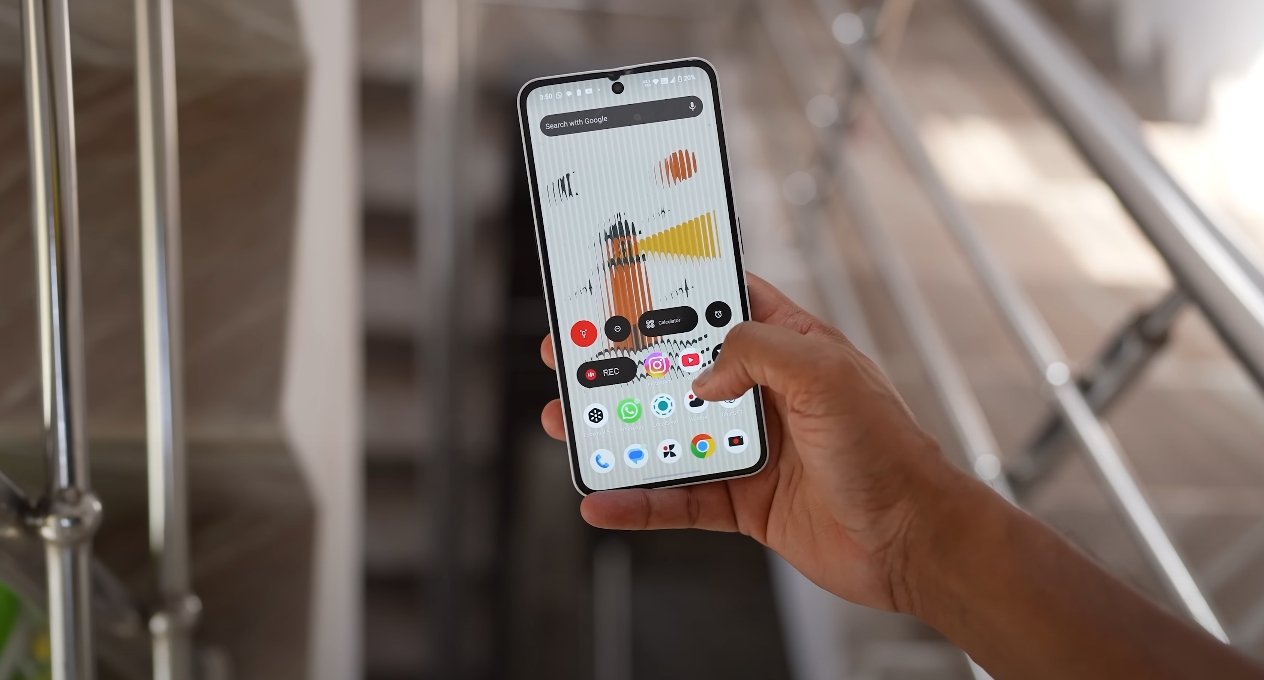
The iPhone 13 Mini sports a 5.4-inch Super Retina XDR OLED display. While smaller, it delivers excellent color accuracy and sharpness. Its 60Hz refresh rate is adequate for everyday usage, although it may not match the fluidity of higher refresh rate screens. The compact display makes the device easy to handle, and its high brightness and contrast ensure clear visibility even in bright environments.
Performance-wise, the Nothing Phone 3A Lite is powered by the Snapdragon 7s Gen 3 chipset with 8GB of RAM. It handles multitasking, social media, and casual gaming efficiently. Running Android 15 with Nothing OS 3.1, the phone offers a clean and smooth interface, making navigation intuitive for everyday users. It balances performance and efficiency effectively for its price range.
The iPhone 13 Mini is equipped with Apple’s A15 Bionic chip and 4GB of RAM. Despite lower RAM, the iPhone delivers outstanding performance and smooth multitasking thanks to iOS optimization. It excels in gaming, app responsiveness, and long-term software support. The combination of hardware and software ensures consistent performance for years, giving it longevity beyond its release date.
Camera capabilities are an important factor in the budget showdown. The Nothing Phone 3A Lite offers a triple-camera setup with a 50MP main sensor, a 50MP telephoto lens, and an 8MP ultra-wide lens. It produces vibrant and detailed photos, with AI enhancements for low-light and portrait shots. The front camera is 32MP, suitable for high-quality selfies and video calls, providing a versatile photography experience.
The iPhone 13 Mini features a dual 12MP camera system, including a wide and ultra-wide lens. Apple’s image processing ensures excellent photo quality, with natural colors and sharp details even in challenging lighting. The front 12MP camera delivers clear selfies and smooth video calls. While its camera hardware may seem modest, the software optimization makes it a strong performer.
Battery life on the Nothing Phone 3A Lite is supported by a 5000mAh battery with 50W fast charging. Users can expect long usage times and quick recharging when needed. The iPhone 13 Mini, with a 2438mAh battery, offers reasonable endurance for its compact size. Fast charging is supported at 20W, though the smaller battery may require more frequent charging compared to the Nothing Phone.
In conclusion, the Nothing Phone 3A Lite is ideal for users looking for a stylish design, large display, and versatile cameras at a budget-friendly price. The iPhone 13 Mini suits those who value premium build, compact form, and long-term performance within Apple’s ecosystem. Both devices offer compelling features, and the choice depends on whether the user prioritizes affordability and design or premium quality and ecosystem integration.
Also Read: Apple iPhone Air 5G network compatibility in USA
